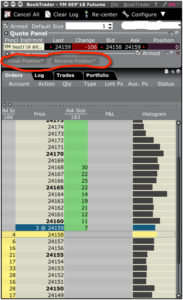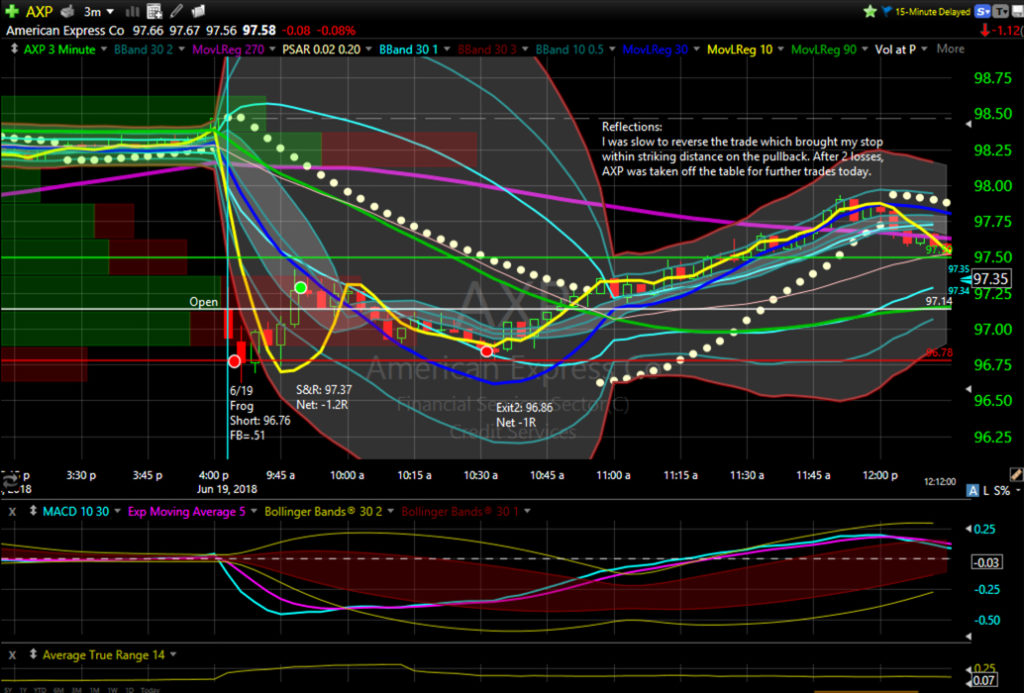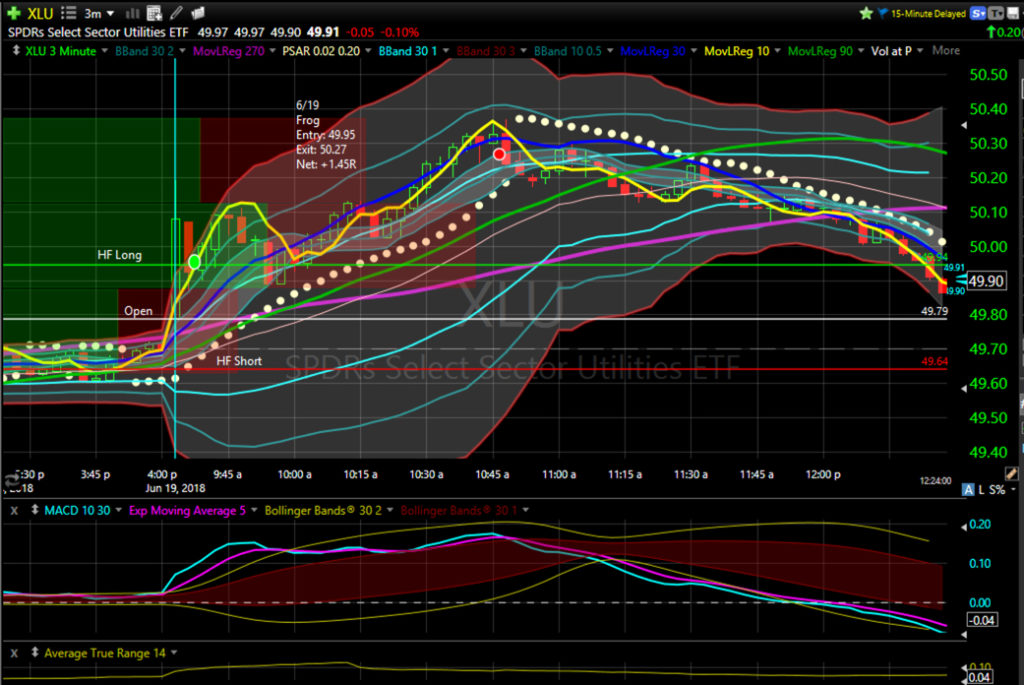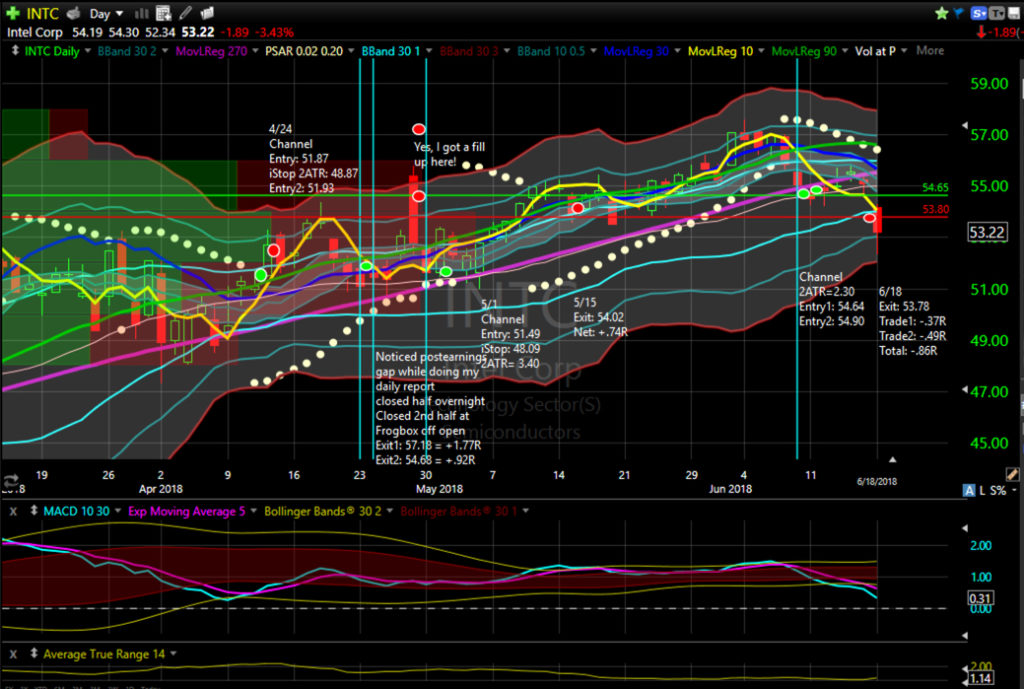Going Live
For the past six months, I have been paper trading with a view of gathering information about my systems so that I can be comfortable trading with real dollars on the line. As we enter the second part of 2018 and with the backtests I’ve run in hand, today felt like the right time to move from the demo account back over to real dollars. I was comfortable with the trading platform, so was not expecting any problems.
Trading Platform
 I’ve used Interactive Brokers for several years for my trading. I feel quite comfortable with the platform. I can enter orders, stops, find my way through tables of options and even use the Book Trader.
I’ve used Interactive Brokers for several years for my trading. I feel quite comfortable with the platform. I can enter orders, stops, find my way through tables of options and even use the Book Trader.
Today, however, I was thrown a curve ball.
Two very important buttons in Book Trader (Close Position and Reverse Position) were not functioning when I needed them to be. This left me in a panic as I saw the market moving against me, and while I could have calmly placed a sell order (or two) along the side where sell orders would normally appear, I got a nice rush of adrenaline and freaked out for a couple of minutes. This led to me exiting at the worst possible moment. I didn’t exit at the bottom tick of the move, but I did exit during the bar with the bottom tick!
Solutions
After taking a mental break and going to get my morning coffee, I returned to the trading platform to figure out what went wrong. Was there a setting I needed to change? I placed another trade to see if the buttons would work this time, but quickly exited when they did not. I believe I dug around through the trading platform options and changed a couple of settings before trying again. With no success so far, I decided to try the chat help from IB. After waiting a long time, I finally got someone who proceeded to investigate, but could not replicate my problem. In the end, I closed out the Book Trader window, opened a new one, and then the trading platform was fully functional again.
I have to toss this into the same box of unexpected situations as trading during a power outage. I was fortunate that I was still paper trading then, and it occurred outside normal market hours. Today’s surprise was with real dollars and in a way I would never have expected with a familiar trading platform. I paid for today’s lesson with real dollars. Not my idea of a great way to start trading again with real money, but also a reminder that there are still plenty of surprises that can show up. I spent the rest of the trading day cleaning up old positions that should have been closed some time ago so that the results I create now will be purely from the trades I describe here.
Swing Trades
There are still a few swing trades left from last week on the paper trading platform. GIS, CME and APPL closed out for a total -2.08R. The remaining three open positions show +3.15R.
Long: MKC, TLT, X.
Short: none.







